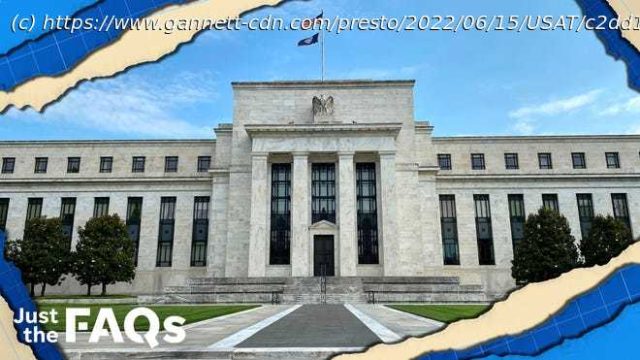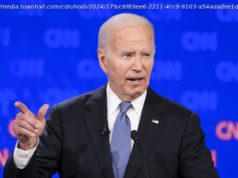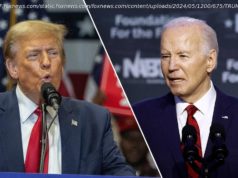Array
The Federal Reserve may pause its aggressive fight against inflation after Wednesday when the central bank is expected to hike interest rates for the 10th consecutive time. Even so, any future halt may not feel like much relief to consumers who’ve suffered through the last nine.
If the Fed hikes by 0.25 percentage point, as expected, it would lift the fed funds target range to between 5% and 5.25%, the highest level since 2006 and up from near zero at the start of 2021. That’s also the fastest pace of tightening since the early 1980s. The increase would finally boost the federal funds rate above the consumer inflation rate, which some economists have said is necessary to slow the economy enough to curb inflation. Annual March inflation stood at 5%.
Any pause should be music to consumers’ ears, but for many, those ears have turned away. Nearly 7 in 10 Americans said they’ve already been squeezed by the rate hikes, according to an online survey of 230 respondents conducted by WalletHub from April 17 to April 21.
“Stubbornly high prices and climbing interest rates may be testing some borrowers‘ ability to repay their debts,” said Wilbert van der Klaauw, economic research advisor at the New York Fed.
Live updates:Fed expected to hike interest rate another 0.25 percentage point
Learn more: Best credit cards of 2023
Another quarter-point rate hike will cost consumers an additional $1.7 billion over the next 12 months, bringing the annual cost of the Fed’s recent rate hikes to a total of more than $33 billion, WalletHub estimates.
“Even if this proves to be the final Fed rate hike, interest rates are still high and will remain that way,” said Greg McBride, Bankrate’s chief financial analyst. How will my credit card rates be affected by another Fed rate hike?
The average APR on a new credit card offer stood at 23.84% at the end of April, the highest in decades, says Matt Schulz, LendingTree’s chief credit analyst, adding that “they’re probably going to still creep higher.” Consumers should start to see the increases within days of a Fed rate hike.
For those holding credit cards, the 20.92% average APR is the highest since the Fed began tracking that data in 1994 and will rise further with another rate increase. Consumers should see the rate increase within the next two billing cycles.
The higher rates will mean it may cost people still more and take a little longer to pay off credit card debt, but the goal should always be to do so, LendingTree’s Schulz said.
“Zero-percent balance transfer credit cards are about the best weapon you have in your battle against credit card debt,” he said. “They’re widely available for those with good credit and can allow you to go up to 21 months without accruing any interest. That’s a really big deal.”
Consumers can also call their credit card companies and ask for a cut in their interest rate. More than three-quarters of cardholders who asked for a lower APR for their credit card in the past year got one, according to an April 2023 report from LendingTree.






